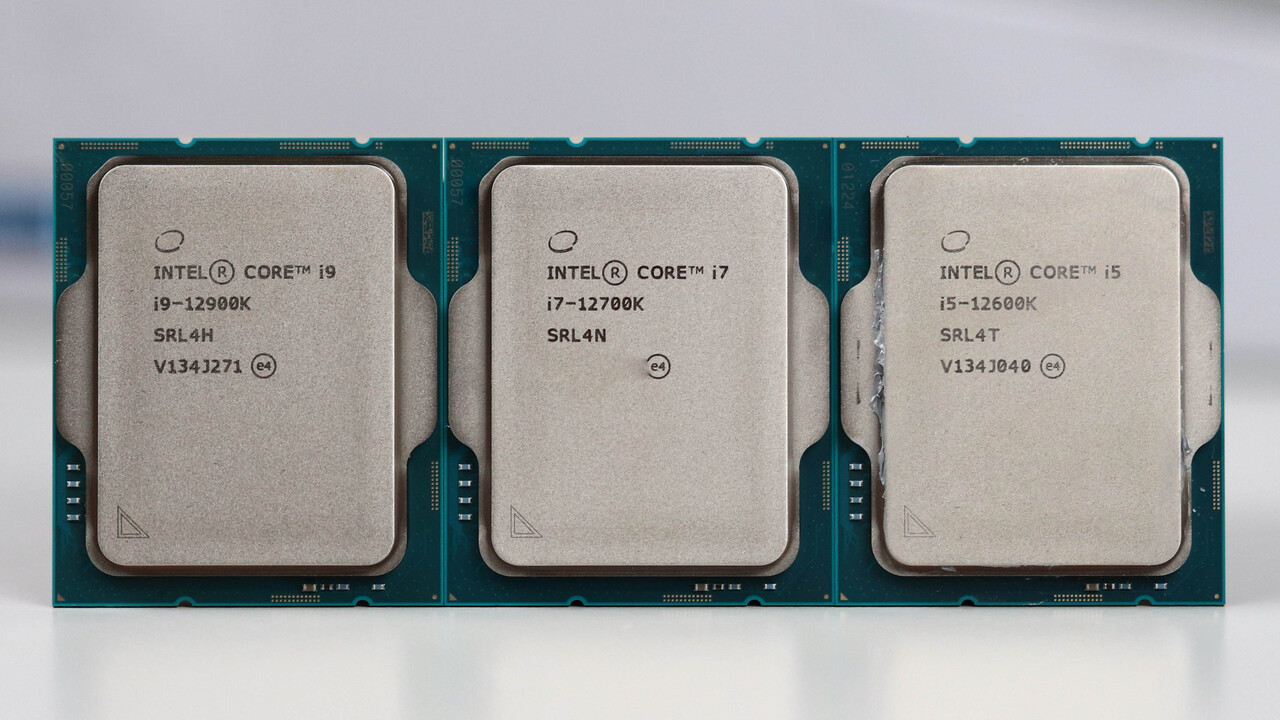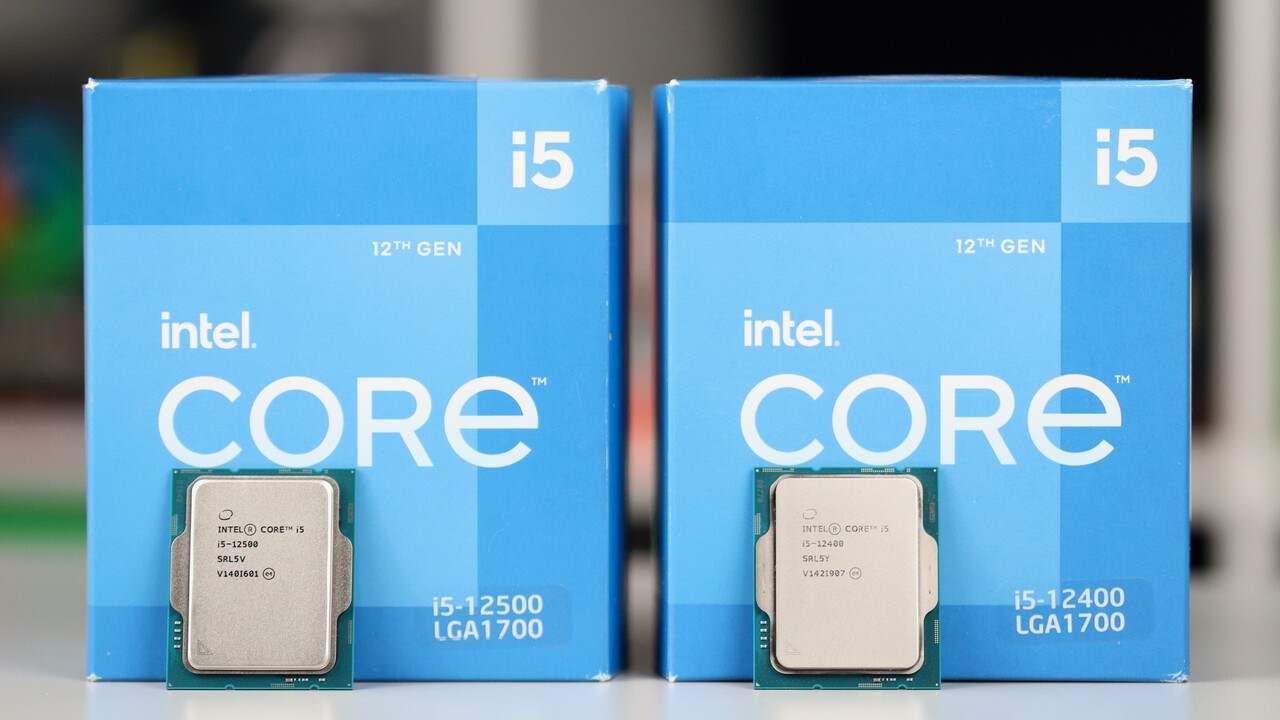Okay, I found a better source for Apple Firestorm Core + L2, the one at Techpowerup I found earlier had a rough diagram that made the L2 larger than expected and the 9.1 was for the two cores and the big L2$, here is a better diagram that I was able to confirm(Pixel/mm2 wise), also there is detailed chart per block.
Here is the diagram.
Apple Firestorm Core on the A14 SOC size: 3.76 mm2 per Core with L2$
View attachment 54705
Source:
https://semiwiki.com/semiconductor-...sis-terrifying-implications-for-the-industry/
AMD Zen3 Core on Cezanne SOC size: 6.4 mm2 with L3$ and 4.2 mm2 with L2$ only
View attachment 54706
Source:
https://videocardz.com/newz/amd-ryzen-5-5600g-cezanne-apu-die-has-been-pictured-up-close
Intel Golden Cove core on Alder Lake SOC size: 7.04 mm2 with L2$ and 9.4 with L3$, the Ring bus is Huge compared to Zen 3
View attachment 54713
Some benchmarks(CBR23 and Geekbench 5) and Final numbers.
View attachment 54719
View attachment 54720
Apple Firestorm core area: 3.76 mm2 per core with L2$ only(no system cache)
CBR23: 408.5 points per area,
GB5: 463.3 points per area
11 Watts peak power CBR23 ST: 139.6 points per watt
Intel Golden Cove core area: 7.04 mm2 per core with L2$ only
CBR23: 254.5 points per area
GB5: 229.7 points per area
45 Watts peak power CBR23 ST: 39 points per watt
AMD Zen3 Core area: 4.2 mm2 per core with L2$ only
CBR23: 362 points per area
GB5: 384.2 points per area
45 Watts peak power CBR23 ST: 33.8 points per watt







